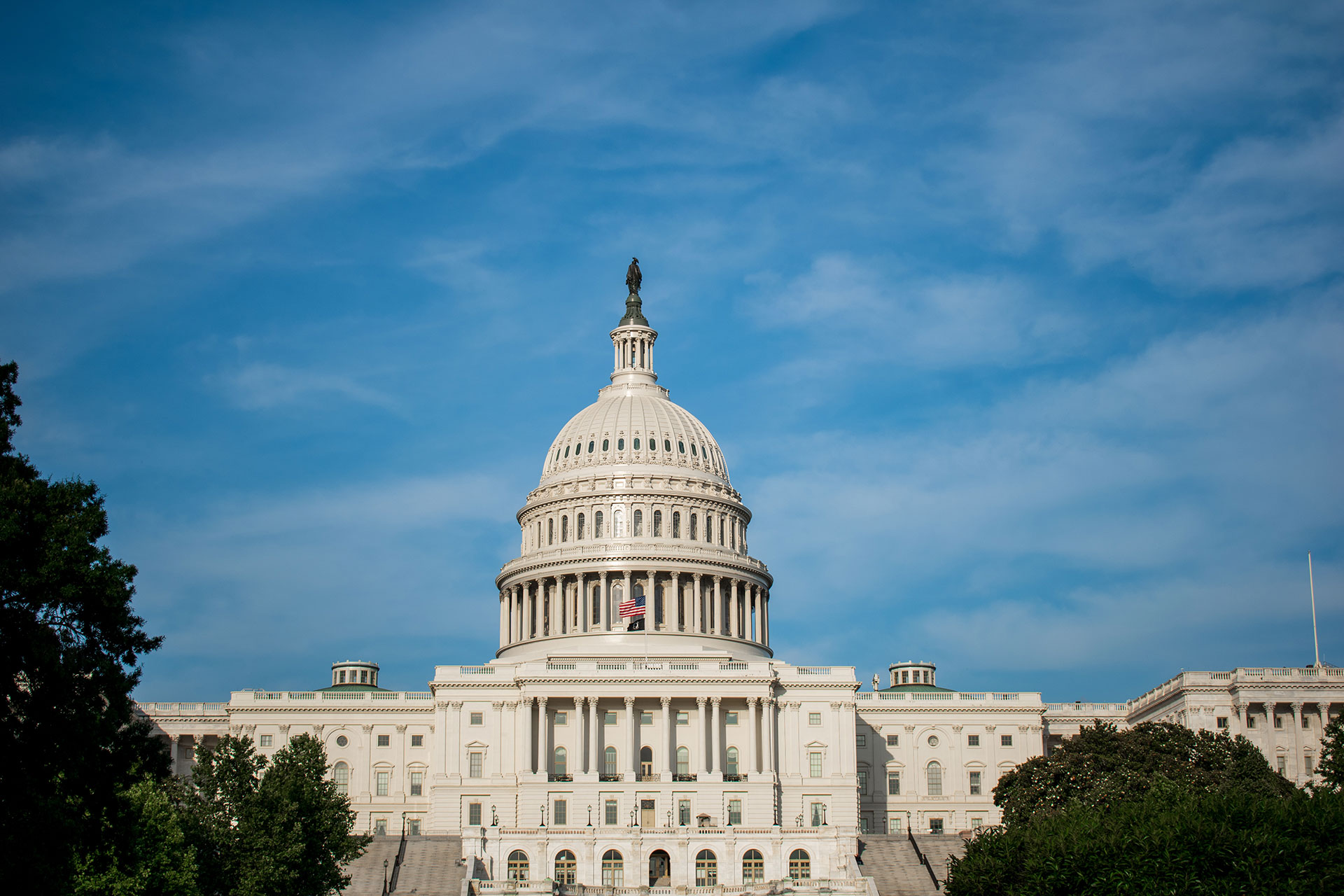Since the 2017 Tax Cuts and Jobs Act, experts have talked about its economic impact. This modification to the Internal Revenue Code kept Section 1031 for real estate exchanges; however, it removed the option to use the exchange for deferring taxes associated with transactions involving personal property.
Some believe that like-kind (1031 exchanges) only favor the wealthy and should be repealed. The like-kind provision — part of the federal tax code for nearly 100 years — allows taxpayers to defer paying certain taxes when exchanging an investment/ business property for another investment/ business property of equal or greater value in lieu of using cash or other purposes.
Several myths and misconceptions have led people to believe that 1031 exchanges aren’t viable and should be eliminated completely. However, others believe that their elimination would not generate more tax dollars and could very well slow domestic economic growth.
Myth 1: Taxpayers use 1031 exchanges to avoid real estate taxes permanently
Like-kind exchanges don’t exempt real estate investors from paying certain taxes. The exchanges offer an option to defer tax, not avoid it completely. Taxpayers must follow specific requirements to qualify for deferring certain taxes. Those steps include:
- Taking zero cash proceeds
- Buying a replacement property of equal or greater value
- Acquiring replacement property within allotted timeline after the transfer of the first property
- Choosing a replacement property in like kind to the relinquished property
- Ensuring the new property owner is the same taxpayer as the selling party
- Using the replacement property for investment or business — not personal — purposes
And even taxpayers who follow each step, the deferral is temporary; according to the report “The Economic Impact of Repealing or Limiting Section 1031 Like-Kind Exchanges in Real Estate,” 88% of properties acquired through like-kind exchanges sell later through fully taxable sales. Those sales typically yield higher tax revenues because 1031 require that new properties be of equal or greater value than the original property.
Myth 2: 1031 exchanges harm the U.S. economy
1031 exchanges actually encourage investment, creating jobs and stimulating the economy. Because replacement properties must hold equal or greater value than the property sold, investors or businesses trade up to invest in more/ more expensive property than the original.
Tax deferrals encourage people to sell and invest in capital improvements in lieu of saving their assets. These exchanges provide incentives to sell to an investor with the capital to improve old properties and to exchange into a property that doesn’t require updates. Each sale requires participation of a range of people: contractors, surveyors, environmental consultants, buyer/seller agents, escrow officers, and more. The transactions stimulate the economy by diverting capital gains tax revenue for productive use.
An Ernst & Young Section 1031 Macroeconomic study also found that repealing IRC Section 1031 would:
- Result in less federal revenue
- Shrink the U.S. economy up to $13.1 billion annually
- Negatively impact the overall economy with an unfair concentration in some industries
- Discourage investment
- Unfairly burden certain businesses and taxpayers
- Counteract the goals of tax reform
Another study conducted by the University of Florida also suggests that repealing 1031 exchanges would harm the economy. The researchers estimated that its elimination would lead to:
- Reduced liquidity (holding periods would increase)
- Smaller investors struggling to reposition portfolios
- Prices in most markets decreasing in the short run
- Short-run CRE price declines between 8% and 17% in markets with moderate taxes and 22% to 27% declines in high tax states/ markets
- Reduced wealth in a large cross-section of. Households
- Slowed or halted construction in local markets
- Longer-run rent increases of 8% to 20% in moderately taxed markets and 28% to 38% increases in high tax states/ markets
- Reduced affordability of CRE space for small and large tenants
- Less reinvestment in commercial and residential real estate
- Decreased tax benefits for local governments
A third study prepared on behalf of the Section 1031 Like-Kind Exchange Coalition also found that repealing the 1031 exchange would subject businesses that rely on its rules to higher tax burdens on transactions. That would lead to longer holding periods, greater reliance on debt financing, and less-productive capital deployment in the U.S. economy.
The standard economic model used to estimate long-run economic impact indicated a repeal would result in a smaller economy with less investment and lower labor incomes for workers. The model estimated that, in the long run:
- GDP would fall by $8.1 billion annually
- Investments would fall by $7.0 billion
- Labor income would fall by $1.4 billion
- The specialty construction trade industry would contract in total by $8.0 billion in output annually
- Combined residential and non-residential real estate industries would contract in total by $8.0 billion in output annually
Myth 3: Developers benefit from 1031 exchanges
Because a developer’s real estate is their inventory, they rarely use 1031 exchanges, which require that property be held for investment. A 1031 exchange can legally capture only value improvements made up to 180 days after selling a taxpayer’s relinquished property. Significant real estate developments take much longer than six months to complete. Few developers would find this exchange a useful tax shelter for those projects.
Myth 4: Only wealthy people benefit from 1031 exchanges
Actually, a recent industry study found that 60% of exchanges involve properties valued at less than $1 million; more than a third have a value of less than $500,000. Taxpayers that include individuals, partnerships, LLCs, and corporations all use 1031 exchanges.
Myth 5: Qualified opportunity zones render 1031 obsolete
The Tax Cuts and Jobs Act also included new tax incentives to people investing in economically challenged neighborhoods known as qualified opportunity zones. Both the opportunity zone (OZ) and section 1031 allow taxpayers to defer specific capital gains; however, each has a different purpose and qualifications, and they don’t offer the same overall tax benefits.
- 1031 exchanges can completely defer capital gains taxes until the replacement property sells; OZ investments allow taxpayers to defer up to 15% of capital gains taxes until 2026, at which point the taxes are due.
- 1031 exchanges don’t require the formation of a qualified opportunity fund, and replacement properties can be anywhere. OZ investments must use a qualified opportunity fund and be used for projects located in designated OZs.
- Capital gains on 1031 properties become due when the investor sells for cash, not further exchanges. Capital gains from money invested in OZs for 10+ years may be forgiven.
- 1031 exchanges only defer capital gains from investment real estate sales; OZ investments permit the deferral of capital gains from any transaction type, like sale of stock or collectibles.
Updates from the IRS
In June 2020, the IRS released proposed regulations to clarify key factors for taxpayers that utilize 1031 exchanges. These proposed regulations provide a definition of “real property” under Section 1031 and also provide a safe harbor for property exchanges that include an incidental amount of personal property. These proposed regulations serve simply to clarify existing law and specify what qualifies as real property, which includes:
- Land, building, and permanent structures (including water and airspace associated with these items)
- Interests in land, buildings, and permanent structures including certain leaseholds, easements, and co-ownerships
- Options to acquire real property
- Unsevered crops (untapped oil wells, unharvested foods, etc.)
- Permanent structures, including structural components
- Machinery that serves the structure but doesn’t contribute directly to the production of income
- Intangible assets that derive value from the real property but don’t directly contribute to income production (like a permit to occupy land); the definition excludes licenses and permits to operate a business on real property
In Closing
The 1031 exchange offers a powerful tax deferment strategy for savvy real estate investors to build wealth. But its many complex moving parts require a solid understanding of the rules — even for seasoned investors. CREA United members Darren M. Lizzack, Associate VP of NAI James E. Hanson and Randy Horning, Associate VP of NAI James E. Hanson are both well-equipped to help investors successfully navigate 1031 exchanges to take advantage of the their benefits.

